Is nature and the natural world something that interests you and are you looking for the best nature museums to visit in Rio de Janeiro? These are the ones:
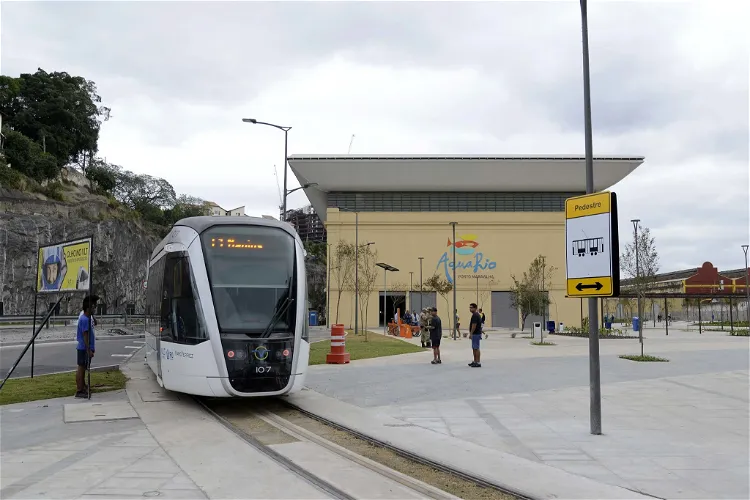
Marine Aquarium of Rio de Janeiro
Rio de JaneiroThe Marine Aquarium of Rio de Janeiro, also known as AquaRio, is a public aquarium situated in the Gamboa neighborhood, within the port zone of Rio de Janeiro, Brazil. It is easily accessible and offers a unique opportunity to explore marine life in a controlled environment. The aquarium is home to a wide variety of marine species, making it a fascinating destination for both adults and children.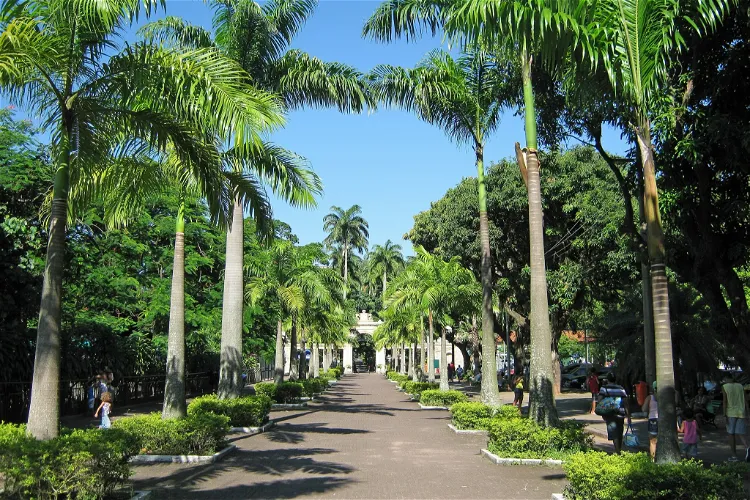
BioPark of Rio
Rio de JaneiroIn 2019, the park underwent a significant transformation. It was closed to the public to allow for extensive renovations and the inauguration of a new project, the BioParque do Rio. This renovation aimed to enhance the visitor experience and provide a more immersive and educational environment for understanding and appreciating wildlife.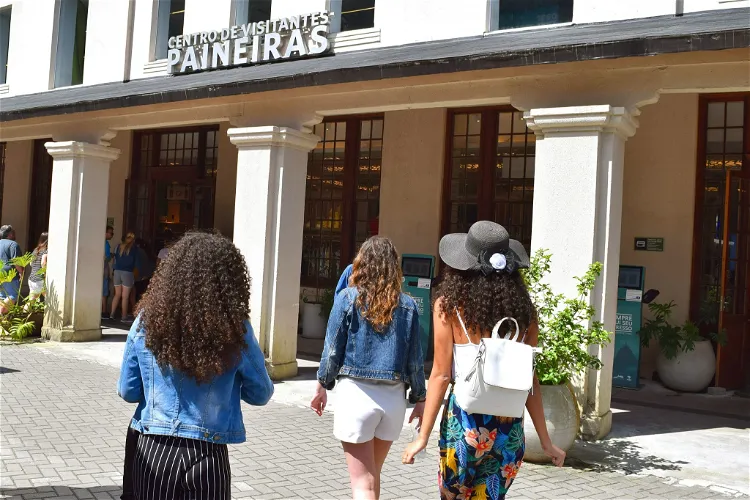
Paineiras Visitor Centre
Rio de Janeiro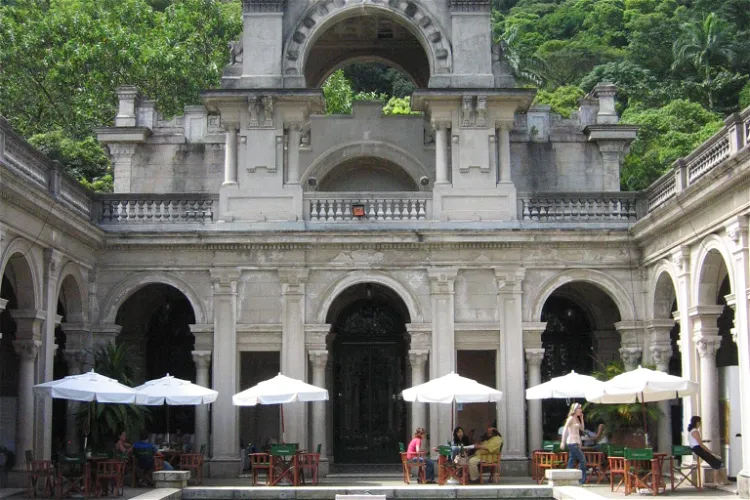
Parque Lage
Rio de JaneiroParque Lage, also known as El Parque Henrique Lage, is a public park situated in Rio de Janeiro. It is located at the foot of the Corcovado, on Jardín Botánico street. This location offers visitors a unique opportunity to enjoy the natural beauty of the park while being in close proximity to the city's attractions.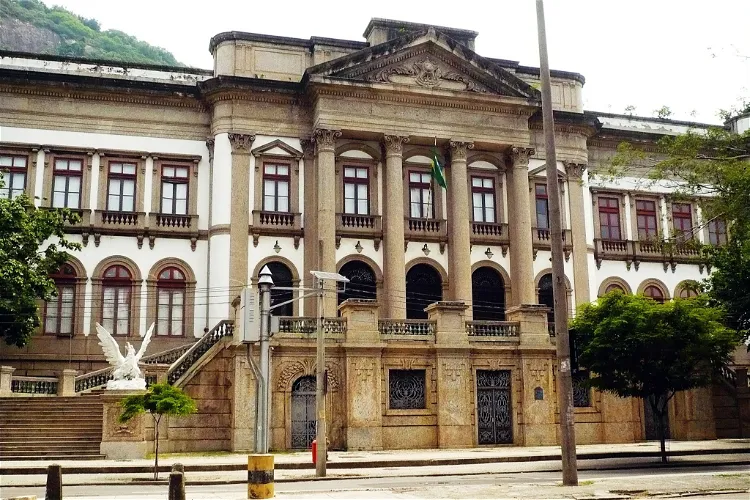
Earth Sciences Museum
Rio de JaneiroThe Earth Sciences Museum, located at 404 Pasteur Avenue in the Urca neighborhood of Rio de Janeiro, Brazil, is a renowned institution dedicated to the fields of geology and paleontology. It offers a unique opportunity for visitors to delve into the fascinating world of earth sciences, with a vast collection of exhibits that span across various aspects of these disciplines.- 6
Noah's Ark
Rio de Janeiro - 7
Museu do Meio Ambiente
Rio de Janeiro - 8
Museo de la Geodiversidad
Rio de JaneiroThe Museo de la Geodiversidad, also known as MGeo, is a museum that is affiliated with the Institute of Geosciences of the Federal University of Rio de Janeiro. It was inaugurated in 2007 with the purpose of preserving, researching, and disseminating the geological and paleontological heritage of the Earth.